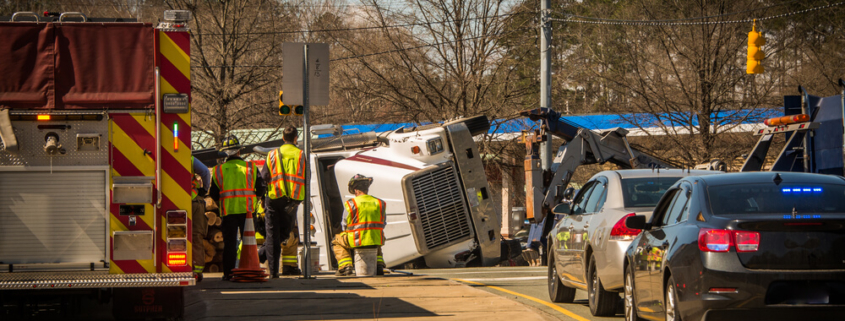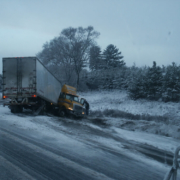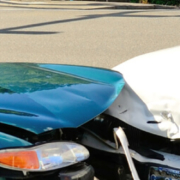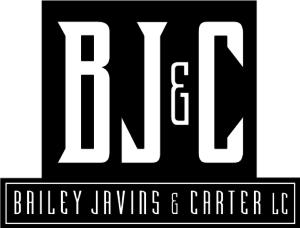Accidents with Poorly Loaded Trucks
Trucking accidents are some of the deadliest that occur on the roadways. Thousands of individuals are killed each year in accidents involving commercial trucks, and the vast majority of those killed are occupants of passenger vehicles, motorcyclists, bicyclists, and pedestrians who are involved in these incidents. There are numerous reasons 18-wheeler accidents occur, and with many of these accidents, there are several contributing factors.
For example, an accident may occur because the truck driver is too close to the vehicle in front of them and unable to stop in time to avoid a crash when the other vehicle slowed down. However, upon further investigation, we may learn that the brake lines were faulty, which shortened the truck’s braking distance. We may also learn that the driver was tired and not paying close enough attention to the vehicle in front of them because they were on the road for too long.
Some of the most serious trucking accidents are caused by overloaded trucks or trucks with unevenly loaded cargo. Loaded commercial trucks typically weigh 80,000 pounds or more. And when they are overloaded or poorly loaded, they can create all kinds of hazards, such as:
- Cargo falling out of the truck and striking other vehicles or individuals nearby;
- Putting extra strain on key truck parts, such as the frame, suspension, springs, brakes, and tires;
- Increased risk of jackknifing, tipping, or decoupling.
Last August, a semi-truck carrying 40,000 pounds of Hershey products rolled unto its side while traveling on Interstate 470 in Ohio County, WV. The accident resulted in hundreds of pounds of sweet treats being dumped onto the road. Thankfully, no one was hurt when the truck was tipped to its side, but this is an example of what can happen with poorly loaded trucks.
The Federal Motor Carrier Safety Administration (FMCSA) sets the Cargo Securement Rules for commercial vehicles. These rules state the following:
Cargo must be firmly immobilized or secured on or within a vehicle by structures of adequate strength, dunnage (loose materials used to support and protect cargo) or dunnage bags (inflatable bags intended to fill space between articles of cargo or between cargo and the wall of the vehicle), shoring bars, tiedowns or a combination of these.
Unfortunately, FMCSA standards are not always followed when trucks are loaded. Drivers and shipping companies are typically working under very tight (and often unrealistic) deadlines. This puts pressure on those loading the trucks to complete this task promptly. Trucks may also be loaded beyond their allowed weight limits when shippers are trying to consolidate more cargo into one load in order to save money.
Responsibility of Truckers to Secure their Loads
Both OSHA and the FMCSA have rules regarding how a commercial truck load should be secured. According to OSHA, a maximum legal load can only be achieved when the center of the cargo’s gravity is properly distributed ahead of the rear axle. The cargo must be braced properly and not blocked. Otherwise, there is a greater possibility that it will shift during transit and create a major hazard.
Shifting cargo can create a top-heavy or side-heavy load, which can result in the truck being overturned or flipping onto its side. Unsecured loads can also end up spilling out of the back of the trailer, which could cause severe damage to other vehicles (and injuries to individuals inside them) that are traveling nearby the commercial truck.
The FMCSA provides guidance with regards to the minimum number of tie-downs that are used to secure general cargo. Specifically, there should be one tie-down for items that are 5 feet or less in length and exceed 1,100 pounds. Two tie-downs should be used for items of any weight that are between 5 feet and 10 feet long. There are also commodity-specific requirements that apply to items such as logs and dressed lumber, concrete pipes, heavy vehicles, large boulders, and other specialty items.
How Poorly Loaded Trucks Can Cause Big-Rig Accidents
Overloaded trucks or imbalanced loads are often one of the hidden causes of a trucking accident. For example, jackknifing, tipping, and decoupling can happen for a number of reasons, such as ice, heavy winds, and other types of inclement weather. However, overweight trucks or poorly balanced loads can contribute to this situation.
Those who drive passenger vehicles probably do not think much about weight distribution most of the time, but it makes a big difference with an 18-wheeler. As mentioned earlier, a fully-loaded big-rig truck typically carries upwards of 80,000 pounds or more. A truck with too much weight or a truck with a poorly balanced load is much more difficult to handle even under the best of conditions. But when these trucks start driving up curvy, winding, mountain roads like what we have here in West Virginia, sometimes all it takes is a moderate gust of wind and/or a little bit of rain or ice to create an accident.
Injured in a Truck Accident in West Virginia? Contact a Nationally-Recognized Personal Injury Attorney
Accidents with commercial trucks can be highly complex cases because there are typically multiple contributing factors and several parties that could potentially be responsible. To get to the bottom of what happened, a thorough investigation is required, and this should be headed up by attorneys who thoroughly understand this area of the law and what it takes to recover full and fair compensation in these types of cases.
At Bailey, Javins, and Carter L.C., we have successfully represented countless individuals who have been injured in trucking accidents and all other types of personal injuries. We have over four decades of experience, and we have been highly acclaimed not only for our experience and skill, but also for our client-centered focus and our tireless commitment to providing the strong personalized representation our clients deserve. For a free consultation with one of our seasoned attorneys, contact our office today at (800) 497-0234 or (800) 296-6979, or send us a message through our online contact form.












